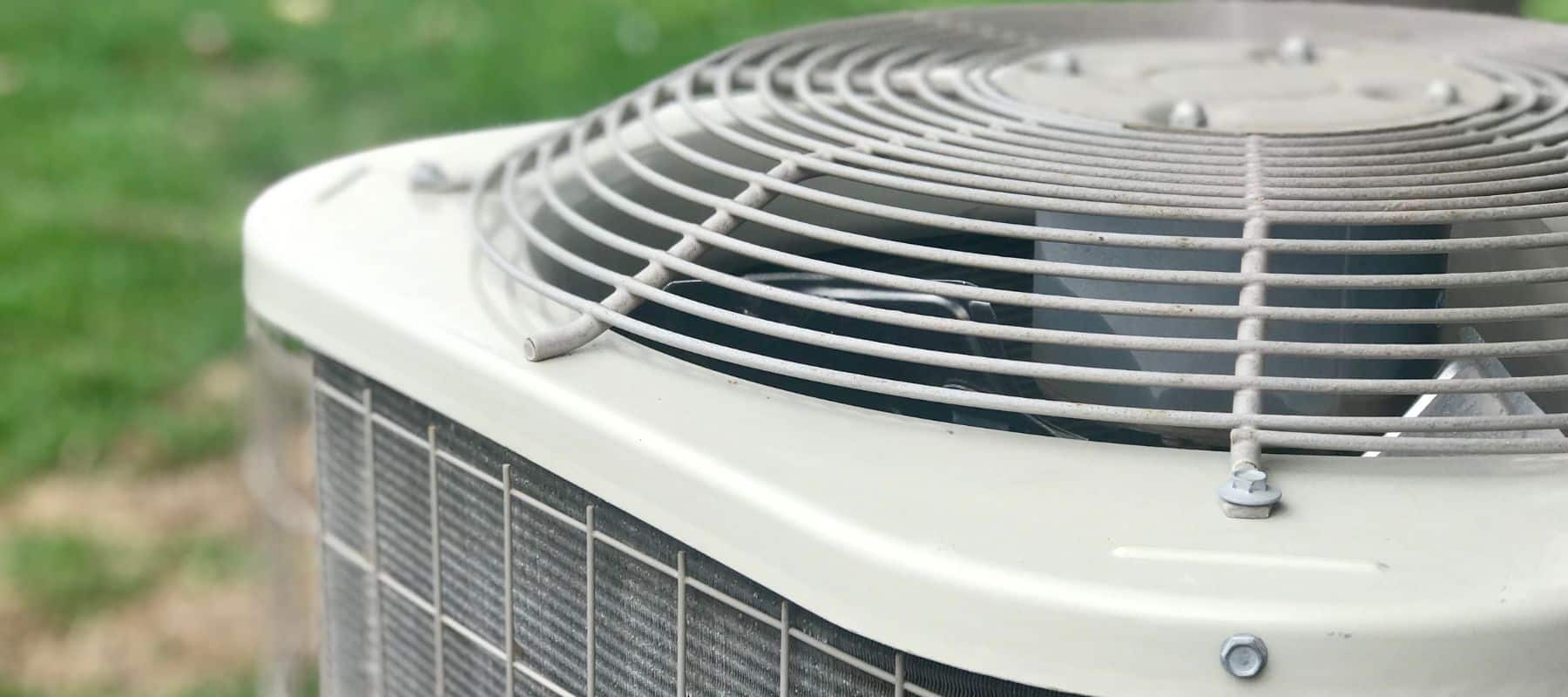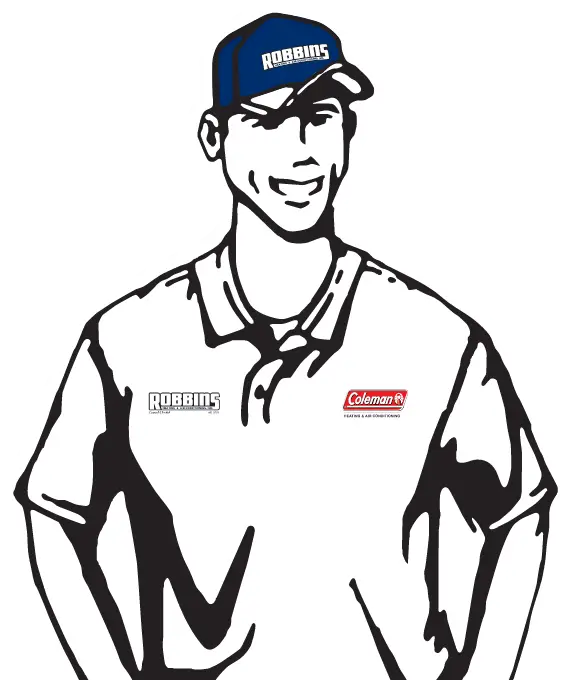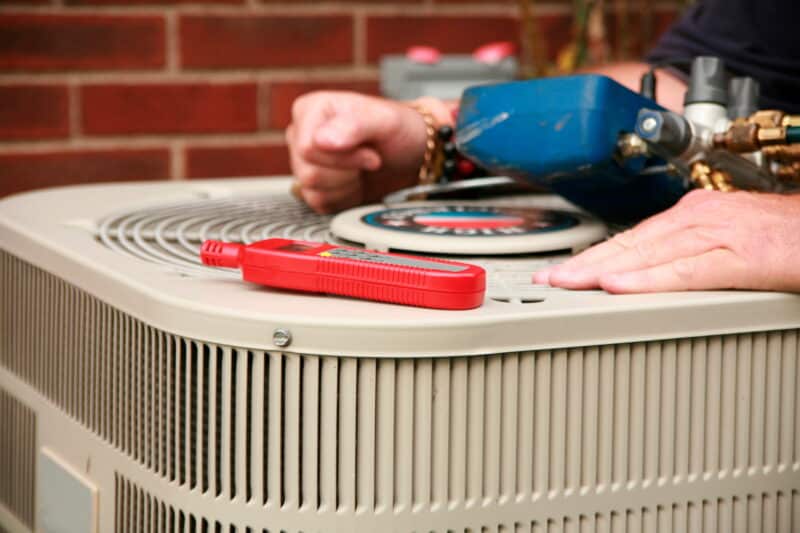
Heat Pumps
Why Won’t My Heat Pump Switch to Heating Mode
When your heat pump won’t switch modes in the fall, you may be stuck with cool air when you really need heat.…
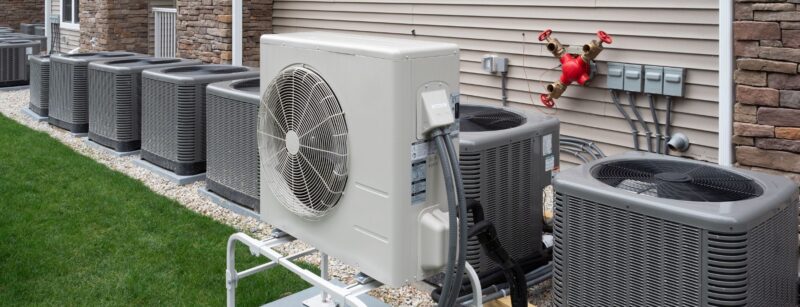
Heat Pumps
What Are the Most Common Heat Pump Problems?
If your home has a heat pump, that means that you have heating and cooling all in one system. It’s a really…
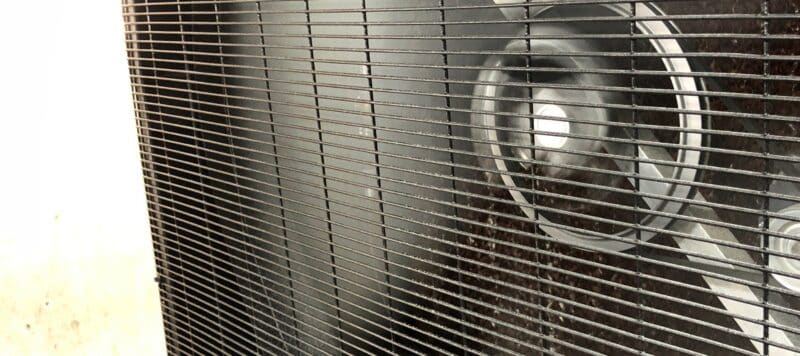
Swamp Coolers
What Time Of Day Do I Run My Swamp Cooler?
It’s the peak of summer and you’re wondering if you should crank up your swamp cooler to try and beat the heat.…

Swamp Coolers
The Benefits of Retrofitting Central AC if You Have a Swamp Cooler
A swamp cooler is an excellent cooling solution if you live in a climate that’s as dry as it is hot. We…

Swamp Coolers
Will Your Swamp Cooler Work Once It Gets Hot?
Ah, the swamp cooler: a fixture in homes in our part of the country and virtually unheard of elsewhere. A swamp cooler…
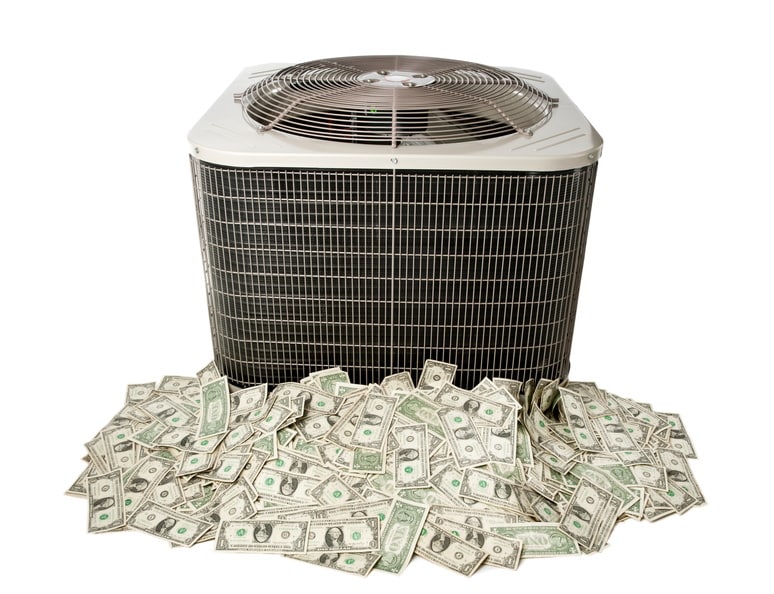
Swamp Coolers
Electrical Costs of Running a Swamp Cooler vs. Refrigerated Air
Swamp coolers aren’t found in swamps; it’s quite the opposite. A swamp cooler can really only function in a place where the…
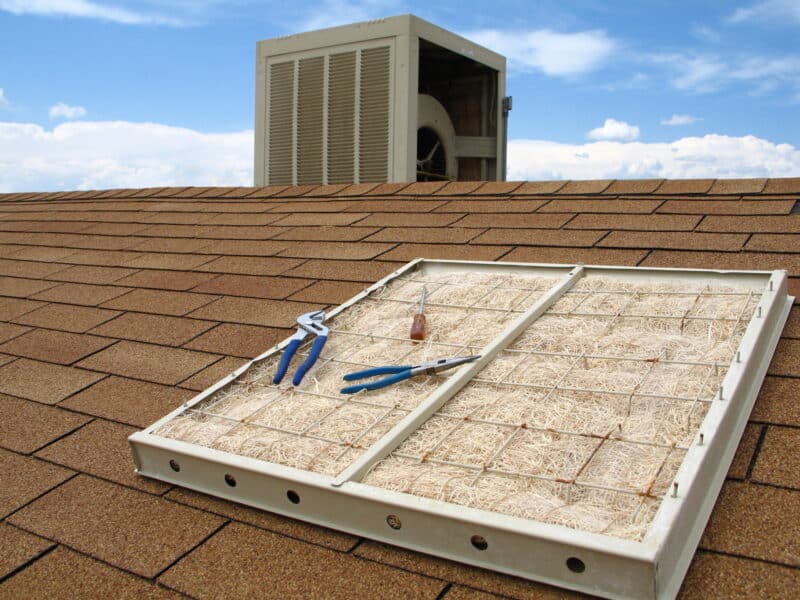
Swamp Coolers
Starting Up Your Swamp Cooler before Summer
When you have a swamp cooler, conventional advice for maintaining an AC just doesn’t work. Refrigerated air conditioning systems run a lot…
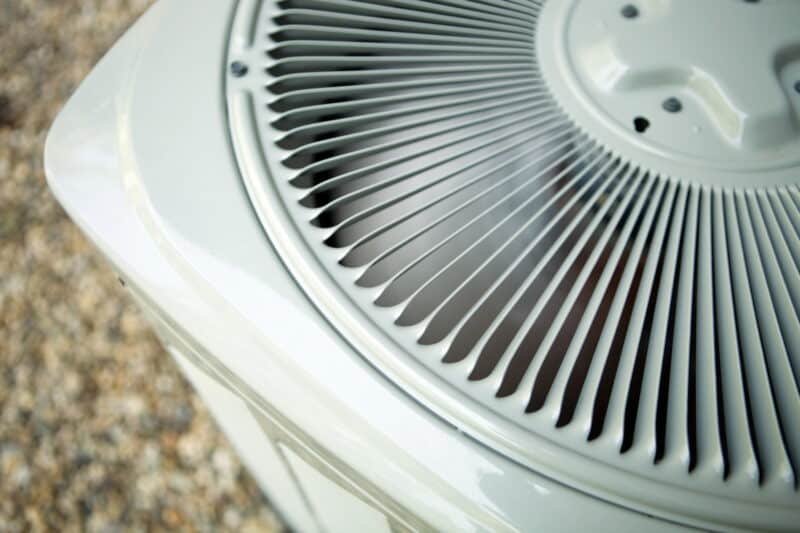
Swamp Coolers
What’s the Difference between Swamp Coolers and Traditional AC?
Evaporative coolers, known as swamp coolers, are more common here than in most parts of the country, but there’s still some confusion…

Swamp Coolers
How to Shut Down Your Evaporative (Swamp) Cooler for Winter
Evaporative coolers (sometimes known as swamp coolers) are really common in our area because the typically-dry air actually makes them an ideal…


